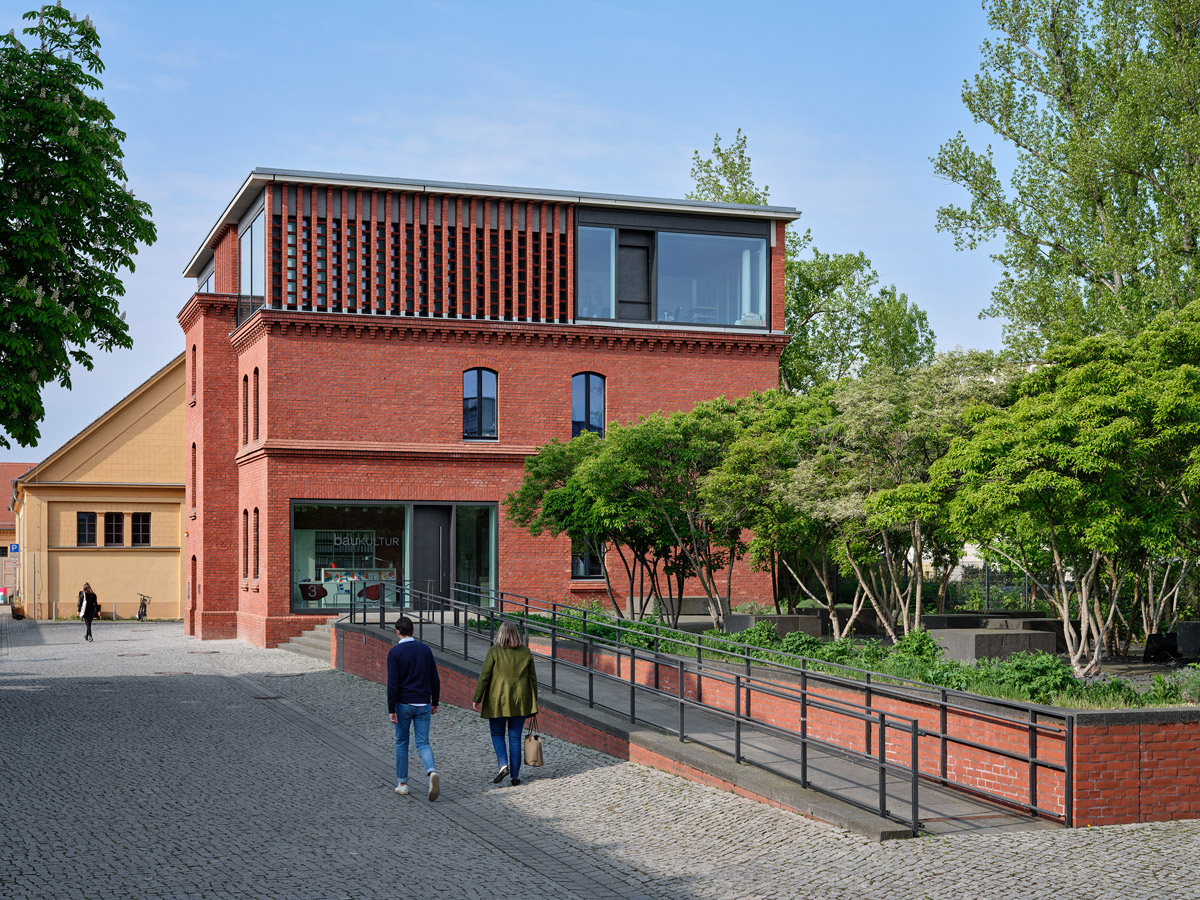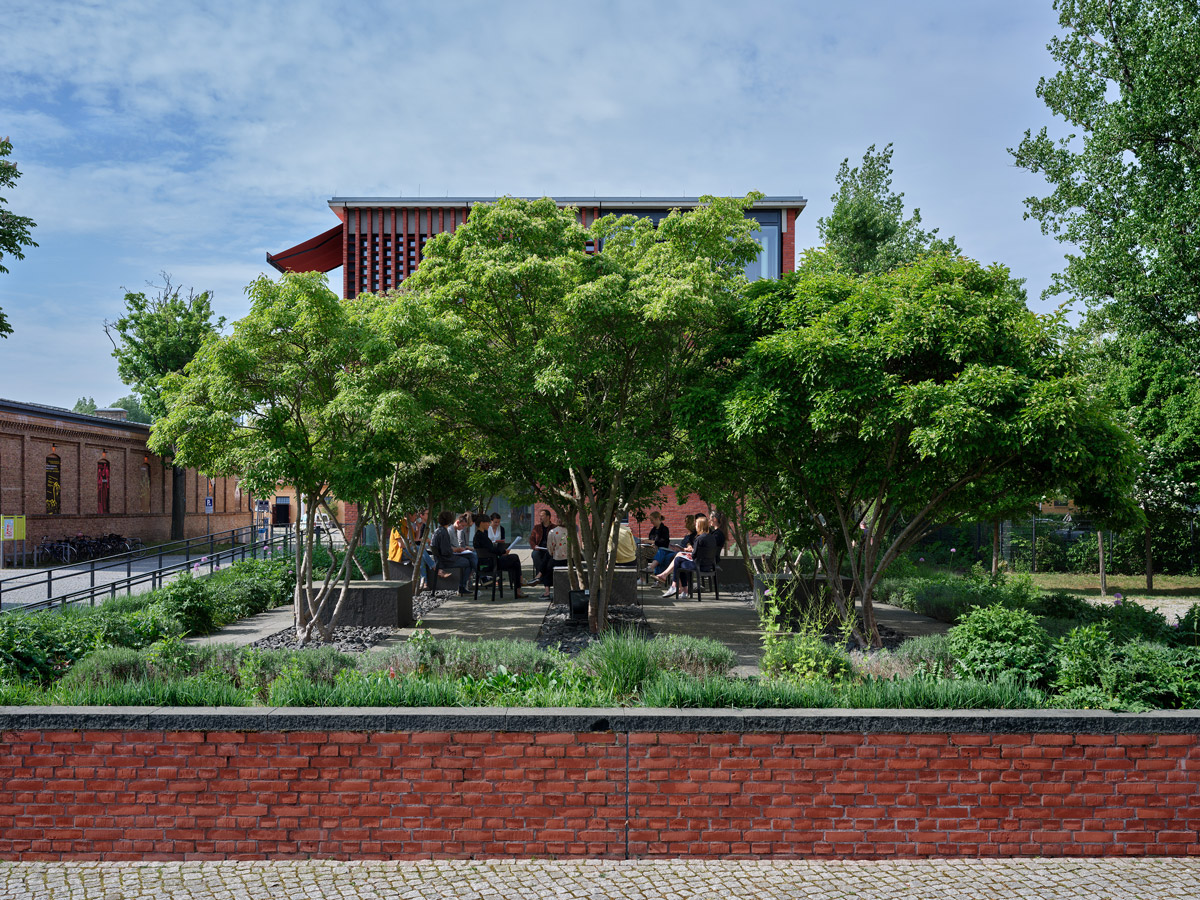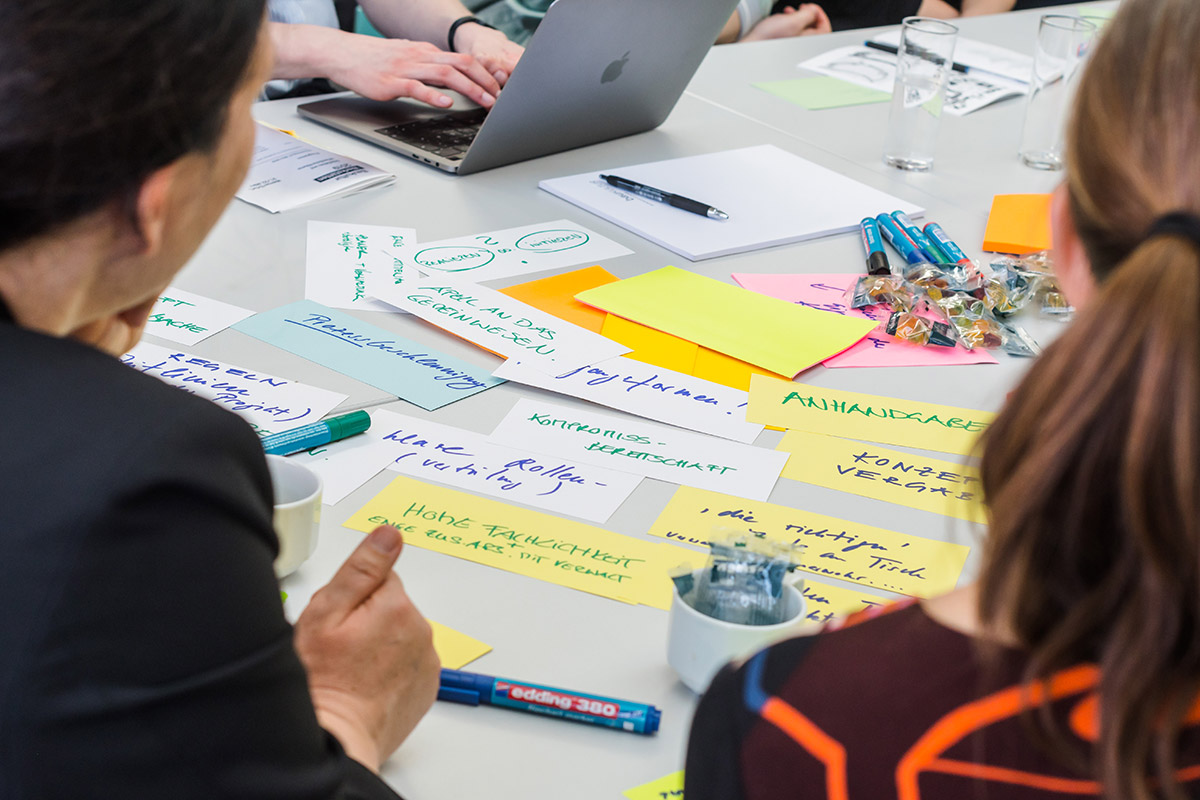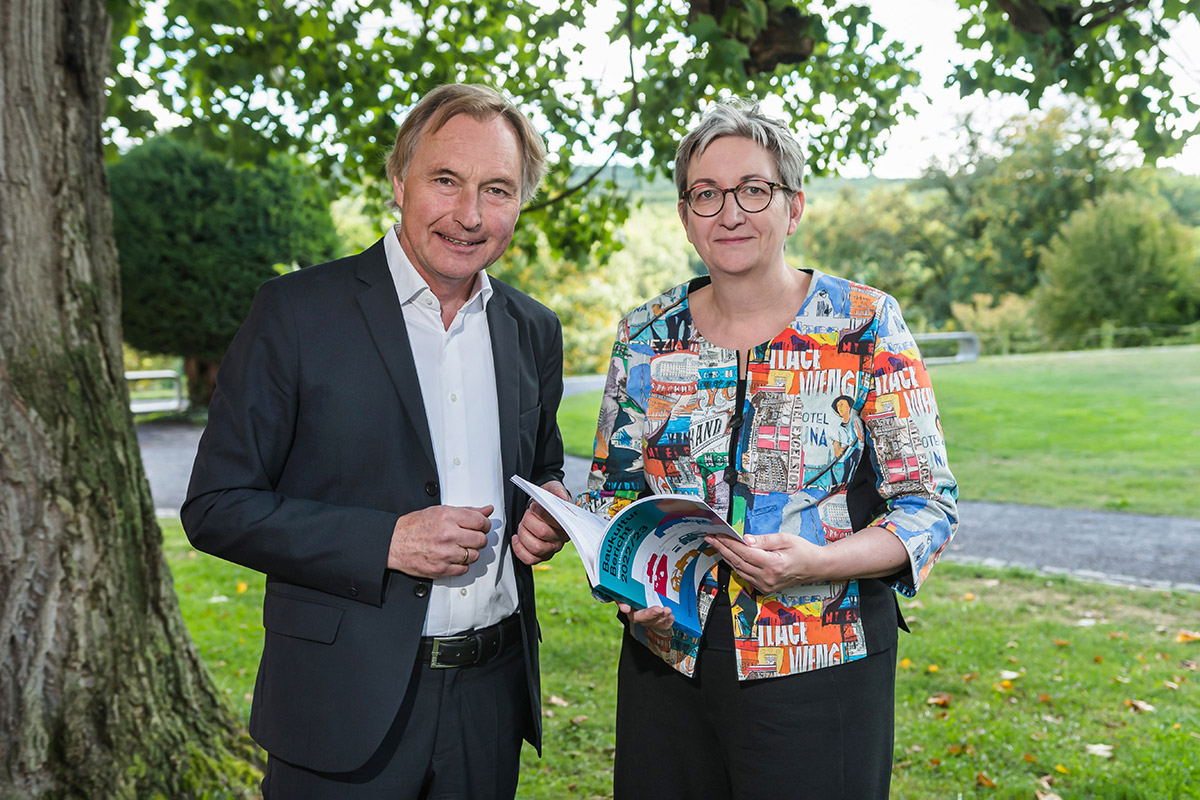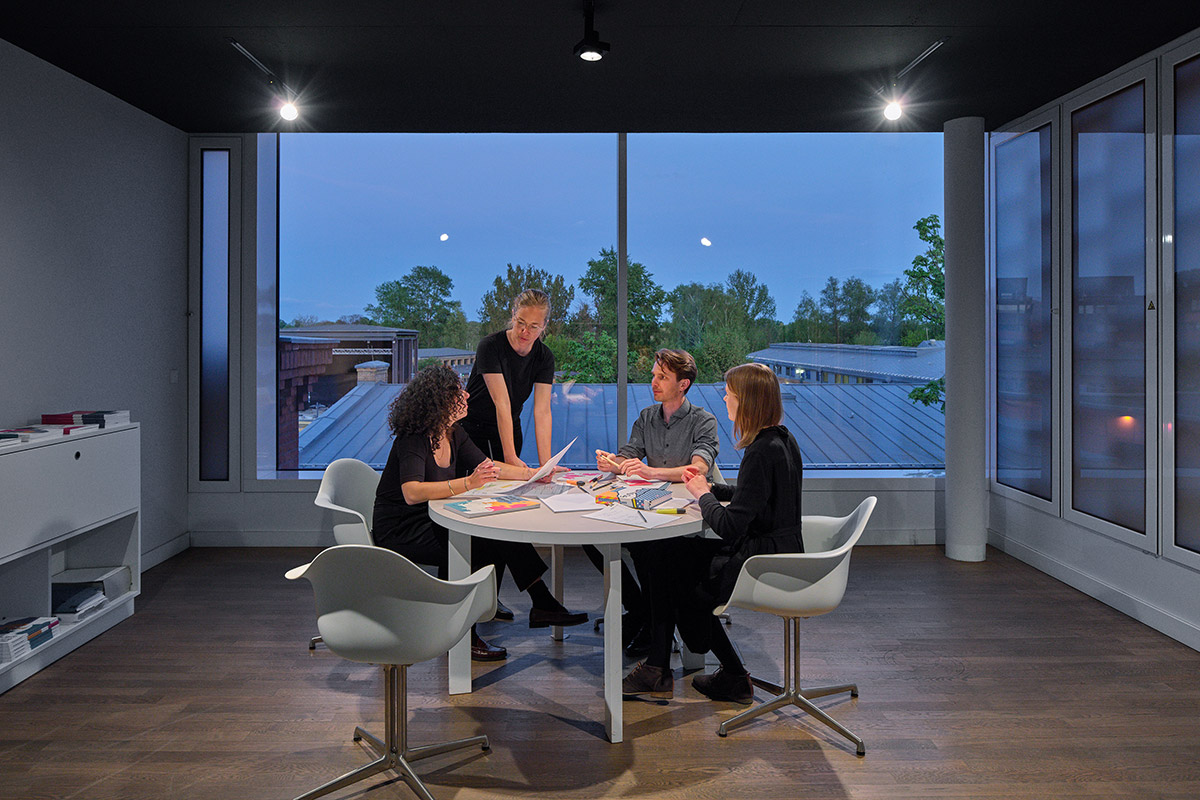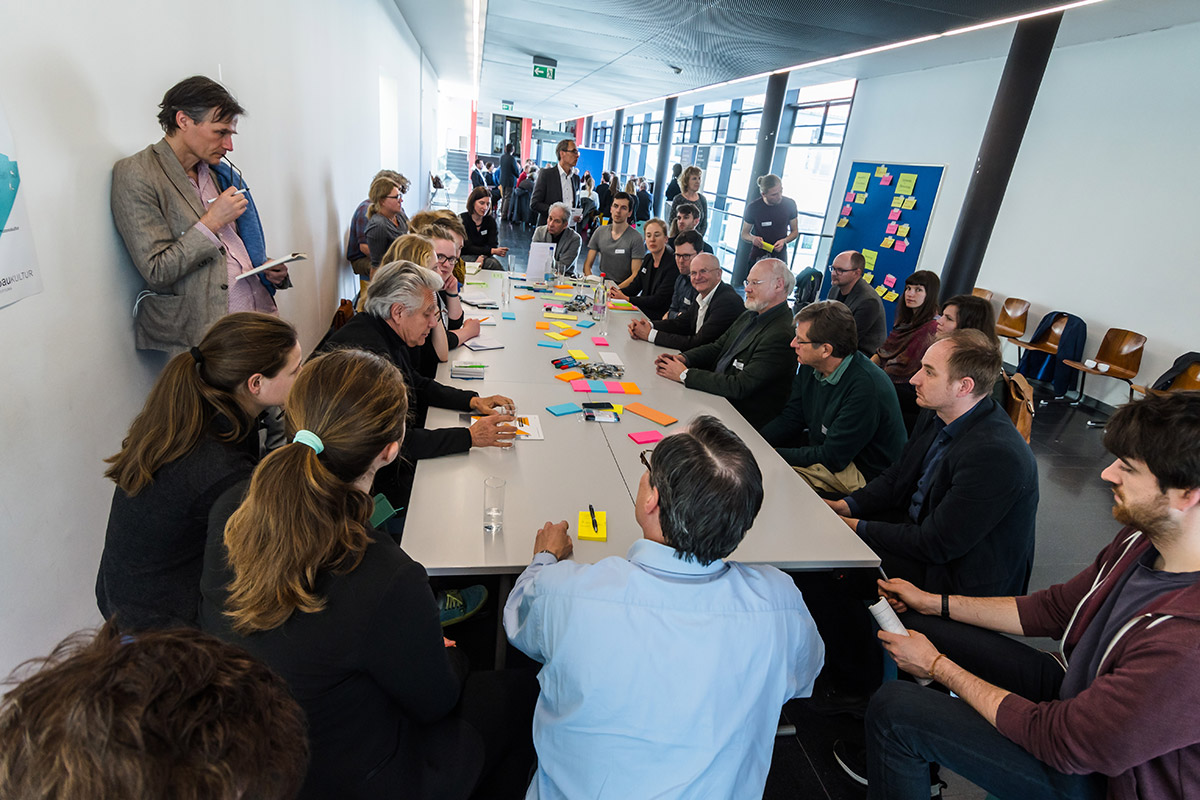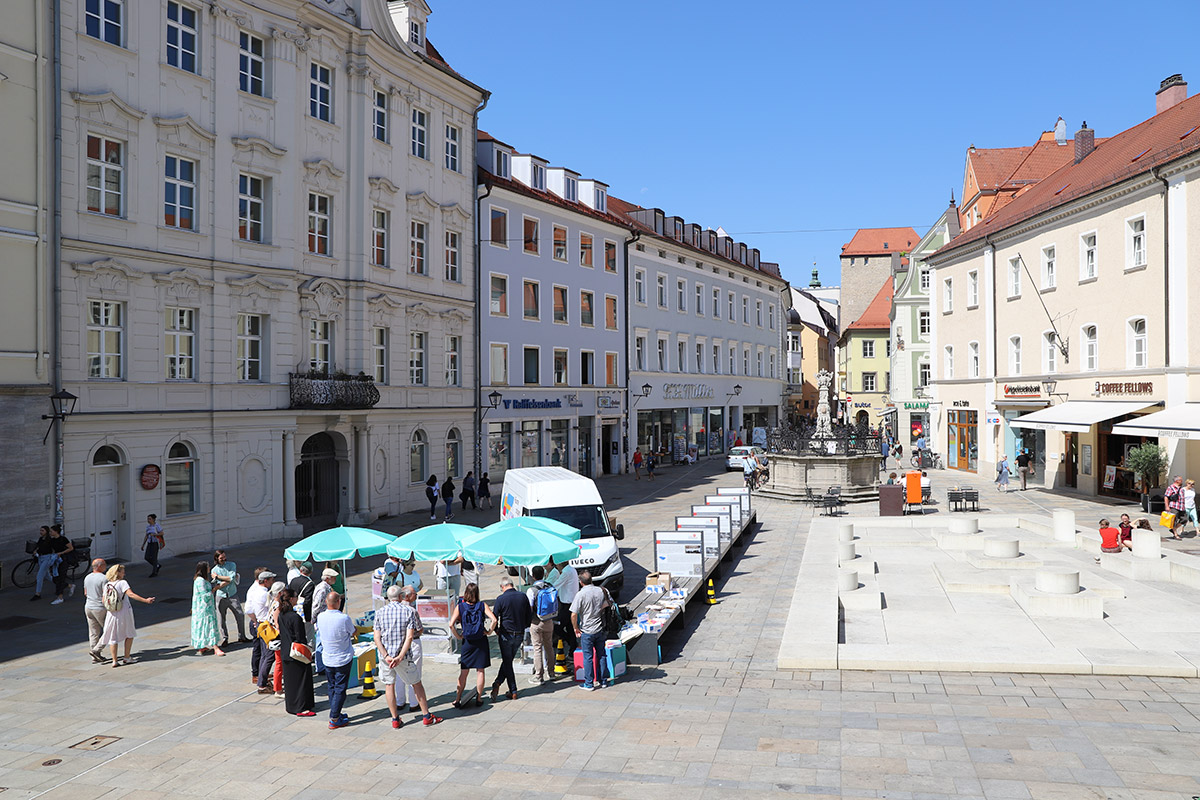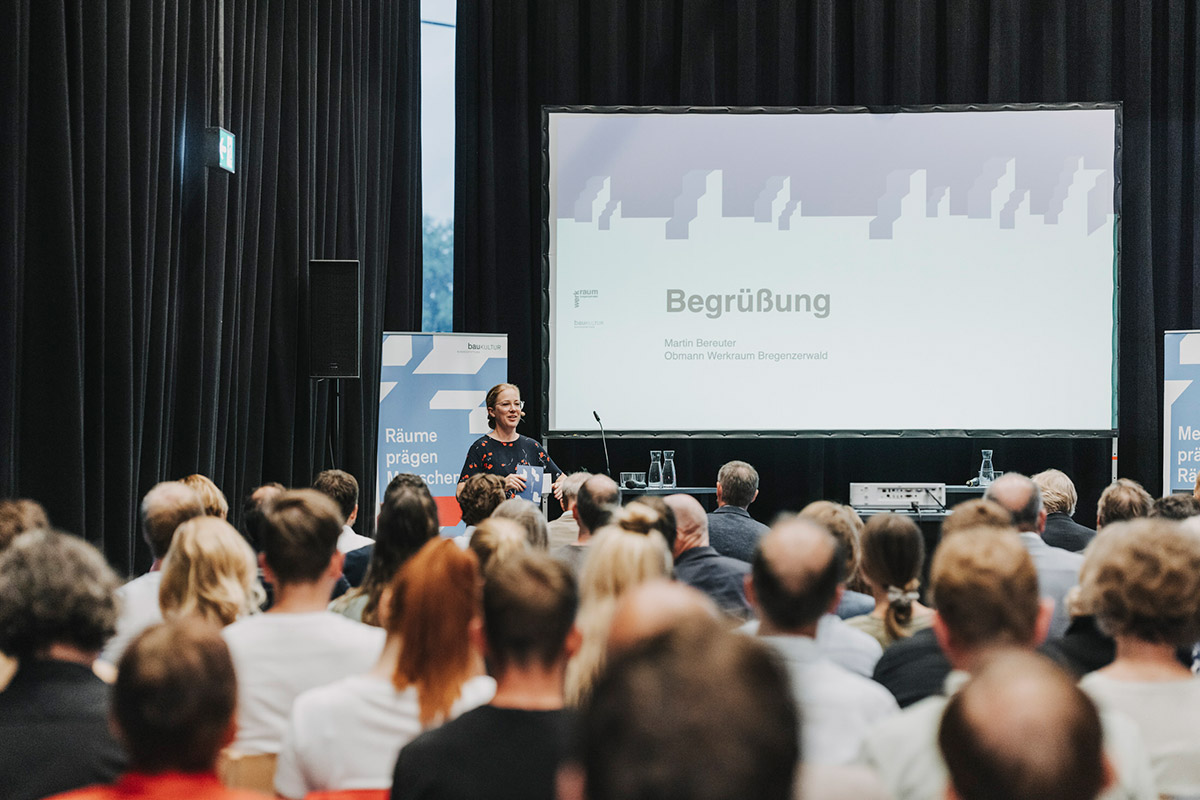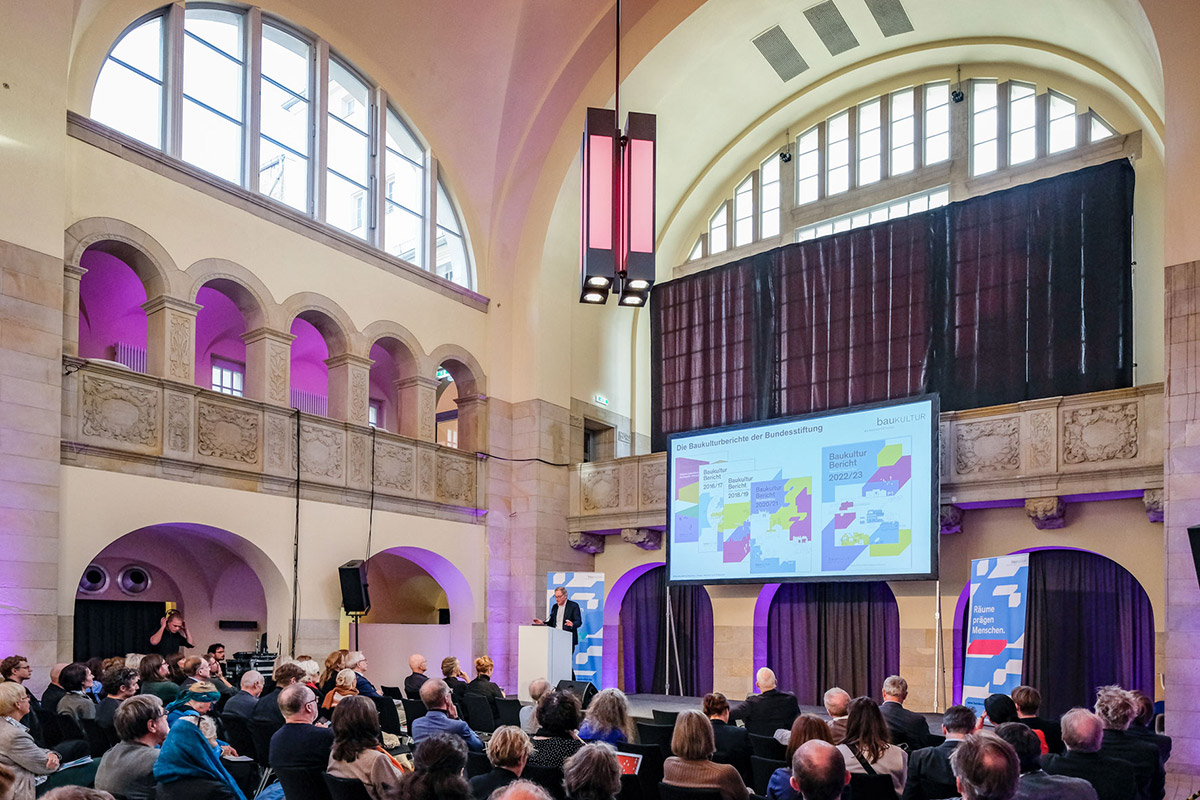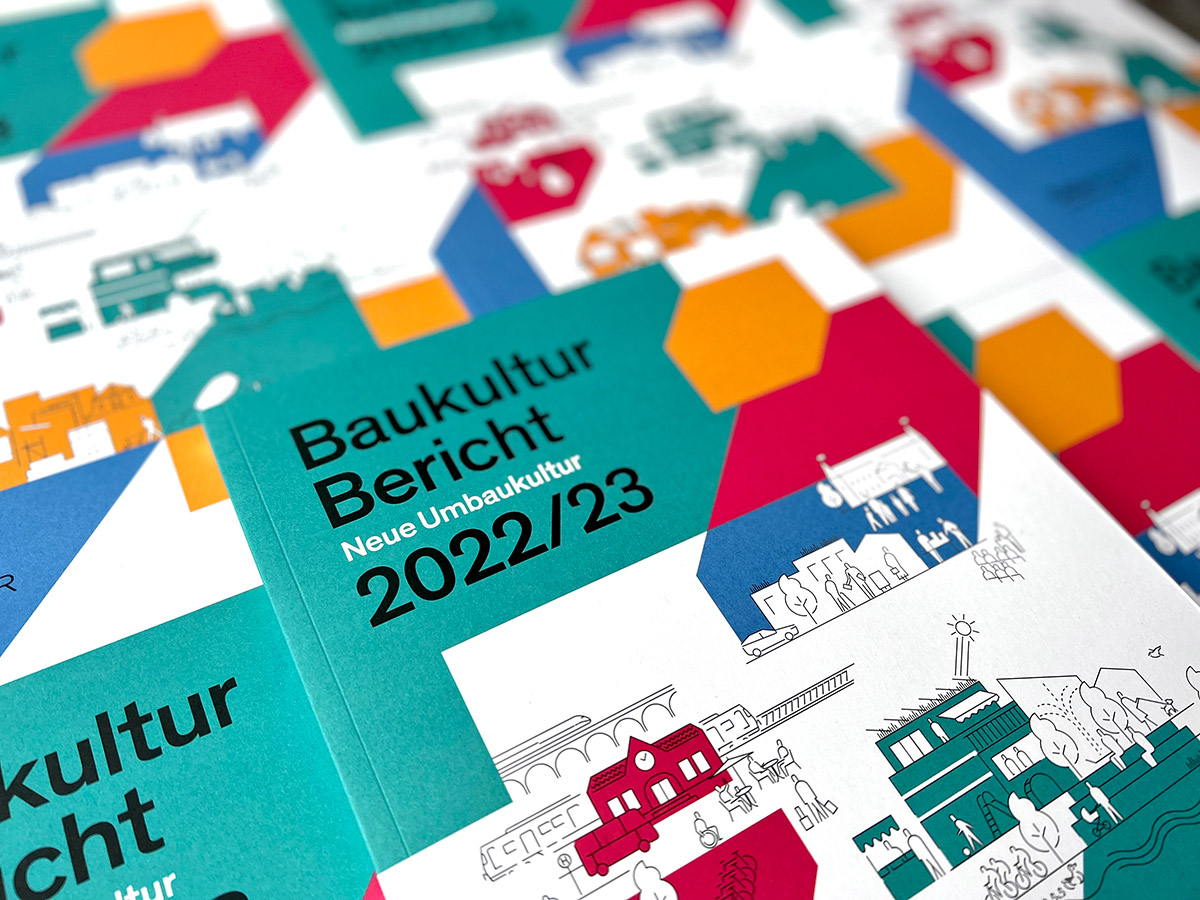23/005
Inga Glander
Architect
Bundesstiftung Baukultur
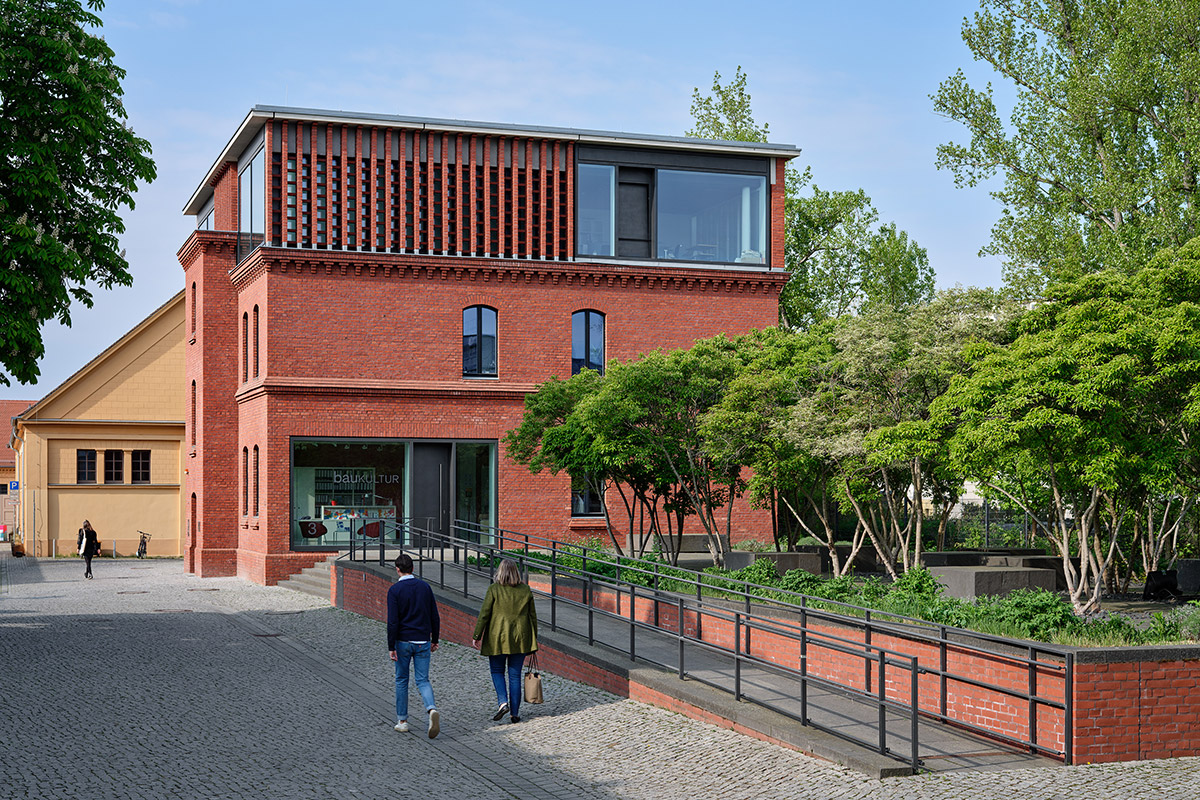
«Beauty is a concept, never objective or measurable, but a goal to be achieved, nonetheless.»
«Beauty is a concept, never objective or measurable, but a goal to be achieved, nonetheless.»
«Beauty is a concept, never objective or measurable, but a goal to be achieved, nonetheless.»
«Beauty is a concept, never objective or measurable, but a goal to be achieved, nonetheless.»
«Beauty is a concept, never objective or measurable, but a goal to be achieved, nonetheless.»
Please, introduce yourself and the Bundesstiftung Baukultur…
My name is Inga Glander. I studied architecture in Braunschweig, the city I was born in. After gaining experience in architecture offices over several years, I started working for Bundesstiftung Baukultur (Federal Foundation of Baukultur) in 2018. Its purpose is to promote Baukultur and to make the built environment a shared concern, given that it contributes significantly to our quality of life. In addition, Bundesstiftung Baukultur functions as a platform for promoting public discussion on Baukultur through events, joint projects, and publications, and for expanding and strengthening existing networks.
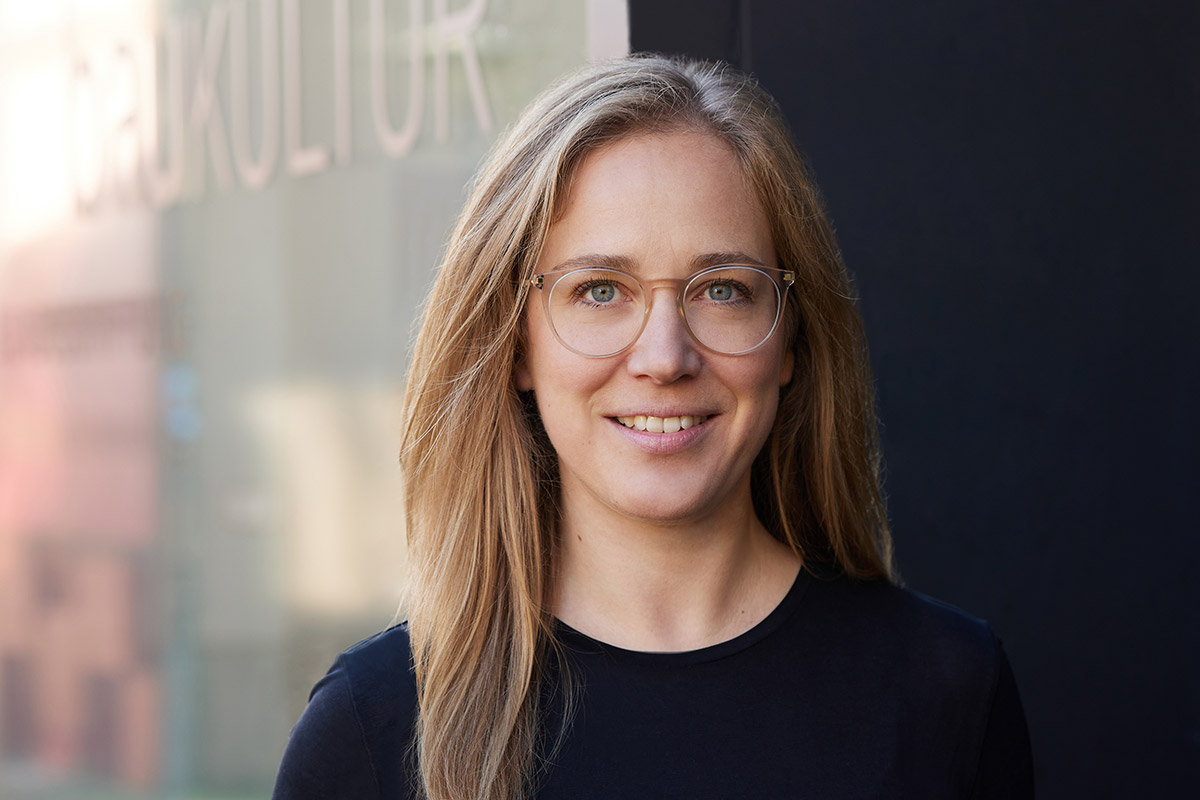
Portrait Inga Glander – © Bundesstiftung Baukultur
How did you find your way into the field of architecture?
As a generalist I used to envy those with a specific talent, because specification usually goes hand in hand with a certainty in life on how to move forward. When I had to decide on my field of study, I couldn’t really make up my mind. I ended up spreading my applications widely: from business administration to communication sciences, from journalism to architecture. From all those applications, I got accepted in architecture. I soon met a lot of wonderful people, noticed I felt comfortable with the tasks given and enjoyed immersing myself in design assignments and working late night hours. For me personally, architecture turned out to be a tool to try and create pleasant surroundings – and therefore the best possible life – for those I plan for.
How did you decide to switch your career from working in an office to exploring the field in other directions?
After my highly enjoyable experiences at university, the reality of working full-time in an architectural office and on construction site hit hard. My thoughts no longer revolved around how to create a well-designed building, but rather around tender specifications and sealing foils. Which can also be very rewarding, but the decisions made for a project are often not your own. To compensate the lack of free time and having a lot of responsibility while being paid less than other academic professions you need to be very passionate. And last but not least, I like people and feel most comfortable in an atmosphere of harmony – which is sometimes missing on a construction site. Therefore, I decided to look for an occupation that fits my interests and needs better while it enables me to still work in the field of architecture. I’m very lucky to have found this position – which on top enables me to try and change the very circumstances that can turn what is actually a really great job into a strenuous one.
What would you recommend to people also trying to change their direction while staying in the field of architecture?
For me, it turned out to be very helpful to not try and define a certain job to look for, but instead reflect on my values, my interests – maybe even the ones I had as a child – and how I want my daily life to look like. I always loved reading and writing. In the architecture practice I worked for, I was the only one enjoying writing the minutes of our meetings. I knew I wanted writing to be a bigger part of my new job, so I started studying journalism by distance learning. I still have to finish the degree, though, to be honest. My job at the foundation got a little in the way, as I found the position quickly after setting things in motion. I also knew I wanted to work for a good cause, that is meaningful to me and started to apply to any job that fulfilled my set criteria. Getting invited to interviews helped me a lot to shake off the idea that it was too late for a professional change in my mid-thirties. Instead, it was in some sense easy and absolutely worth it, to find out what I’m really looking for.
What does your working space look like?
We are very lucky to work in a really beautiful building at the Schiffbauergasse in Potsdam, close to the lakefront of the Tiefer See. Former Prussian barracks and industrial buildings have been converted in a lively art and culture district since the late 1990s, early 2000s, so since 2011 we have been working amidst theaters, museums, concert halls and event spaces. Our headquarter was built 1905 as a clothing store for uniforms of the Prussian Guard Hussar Regiment. However, it was not listed as a protected monument and could have been demolished. With the renovation of the existing building and the successful combination of old and new it was the foundation’s aim to set itself an example of Baukultur.
Foundation Headquarter – © Andreas Meichsner
What is it like to be part of the Bundesstiftung Baukultur?
Reiner Nagel, the foundations chairman, has a lot of experience and is widely connected in the building sector. With his knowledge, our network of Baukultur-allies and a small yet efficient team we try to enhance Baukultur in as many ways as possible. We publish reports, manuals, position papers, organize events on a wide variety of topics and try to raise awareness of Baukultur issues. Since we are a federal foundation, we travel all over Germany, to give lectures, take part in our own and in other events.
On a usual workday I commute from Berlin to Potsdam and spend my day at the office. There I coordinate with my colleagues on upcoming tasks, together we develop concepts for event formats or communication strategies. I write texts for publications, prepare lectures and coordinate work on the upcoming Baukultur Report. Since we are a federal institution, procurement rules must be observed, so we deal with quite a lot of administrative work as well. And last but not least, keeping up to date on current events in Baukultur is of course also part of my job.
On average I am involved in a lecture, interview or other kind of event once a week. Therefore, I travel at least every other week. I really enjoy not only getting to know the big cities like Stuttgart, Frankfurt or Köln, but also travelling to Schwäbisch-Gmünd, Fürstenwalde or Herne.
Bundesstiftung Baukultur
What sets the Foundation apart from other institutions?
It is important to understand that Baukultur concerns the entire built environment – from thermal power stations to flood protection. Therefor we do not only address architects and politicians, but also urban, landscape and interior planners, engineers, building material producers and traders, the real estate industry, and so on. Basically everyone, since we all share the built environment.
This holistic approach is probably what sets us apart from other associations or institutions. While we tend to look enviously at other countries because there seems to be a higher appreciation for Baukultur or leaner regulations, which make it possible to build differently, many European neighbors would wish for an independent institution that promotes good planning and building across all sectors. So far there is no comparable structure in Europe, but we regularly receive inquiries about our organization from neighboring countries. We would of course welcome an international network of Baukultur institutions and are already working together with Austria and Switzerland on a regular basis.
You are the project lead of the “Baukulturbericht”. Why do we need this so called “status report on the situation of Baukultur” in Germany?
A frequent misunderstanding is that Baukultur is equivalent to monument protection. Of course, our built heritage and how we deal with it are central concerns of the foundation. But Baukultur literally means: a culture of building. Baukultur is a holistic concept in which profitability, social participation, ecological concerns, spatial and design quality and planning and process quality go hand in hand. It’s not only what we build but also how, where, why and for whom. It’s not just about the individual building, but all built structures, districts, cities, villages, areas, landscapes, infrastructure, parks, squares – in short: our living spaces.
Bearing this in mind one can understand the social and thus also the political impact of Baukultur. However, due to a lack of anchoring in the German educational system and in our understanding of values, the awareness of its importance is not particularly pronounced. Therefor one of the biennial Baukultur Reports goals is to create a common basic understanding of Baukultur-relevant topics and to provide people in decision-making positions with recommendations for action in favor of Baukultur. The Federal Foundation of Baukultur is one of the few institutions in Germany that is requested and entitled to submit a report to the Federal Cabinet and the Federal Parliament through the relevant jurisdiction. Thanks to this right of submittal, the Baukultur Reports are dealt with by the Federal Cabinet and referred to the Bundestag and the Bundesrat.
We have noticed that an increasing number of members of parliament are taking note of the reports and incorporate the content into their political work. Some federal funding programs have been developed on the basis of the Foundation’s recommendations for action.
What is your perspective on the overall topic of Baukultur in Germany and beyond?
Luckily, thanks to the efforts of the foundation and many other actors, an increasing appreciation of Baukultur is noticable, which is reflected, among other things, in a growing number of local Baukultur initiatives or federal state institutions. The federal government is in the process of developing national Baukultur guidelines. Our chairman Reiner Nagel is part of the advisory board. He was also involved in raising the profile of Baukultur on a European level by being part of the editorial team that drafted the 2018 Davos Declaration “Towards a high-quality Baukultur for Europe”. By signing this document, the European Ministers of Culture articulated the need to ensure “that present and future social, economic, environmental and climatic developments and trends do not further diminish the quality of the built environment, but are instead used as opportunities for improvement”.
Meanwhile, based on this, the Davos Baukultur Quality System has been developed with the purpose of enabling the assessment of Baukultur. I really like that one of eight criteria is “Beauty”. I think it is often terribly neglected that we are sentient beings and that beauty, or its absence influences our well-being. In the sense that beauty is a concept, never objective or measurable, but a goal to be achieved, nonetheless.
This January, the “Davos Baukultur Alliance” has been launched at a Conference of European Ministers of Culture during the Worlds Economic Forum Annual Meeting in Davos, Switzerland. This is intended to be an international platform for exchange and cooperation between the construction and real estate industry, governments and civil society. It is dedicated to "advancing a conscious, quality-oriented approach to planning, construction and management of buildings, infrastructure, public spaces and landscapes“.
What needs to change in the field of architecture according to you?
As the debate on sustainability of the construction industry is very vivid right now, I would like to address a different, yet in my opinion also very important aspect: I think a different working culture in architecture is necessary. I have often experienced an atmosphere in which all project participants work more against each other than together: the architect is annoyed by the client’s wishes, the engineer annoyed by the architect’s unrealistic ideas, the construction worker by the abstract concepts of the planners and everyone is looking for a scapegoat to blame for any mishappening during the realization phase.
I used to ask: “Do you think this is the best idea for the project?” or simply “What would you do?” – neither ironically nor aggressively – and noticed that this changed the situation a lot. When one comes to the construction site, thinking one has to assert oneself and be particularly tough. It doesn’t lead to a trusting working environment. Only when everyone involved identifies the project as their responsibility and the entire team strives to bring the best possible result together, that’s when it starts to be fulfilling and the quality of the building will benefit.
Externally, there is a need of understanding that cheap does not equal economical. Although this is laid out in allocation rules, in praxis it is hardly ever decided to not opt for the cheapest offer – and how should that not lead to the cheapest materials and the lowest paid workers? What kind of result can be expected from this procedure? It would be way more sustainable to exclude the cheapest and the most expensive offer from the evaluation and then choose the offer that is just below the mean value.
How do you perceive yourself as a female architect working in a male dominated field?
When working on construction sites, I was surprised at how little difficulties I had. As I was quite young, maybe I was just under some special protection or “Welpenschutz” as it is called in German, but I generally felt accepted as project leader and was usually treated appropriately – at least not differently from my male superiors. With the decision of leaving the world of practical architectural work I entered the world of gender balanced discussion boards. A (relatively) young woman seems to be quite in demand, so I don’t have the feeling of being disadvantaged. However, in contrast to working in an architectural firm, suddenly having a network became important. Those networks seem to me to be much closer and more consolidated in between men, especially of advanced age. When it comes to my own or a younger generation, I find the situation to be balanced again – therefore I’m optimistic for the future.
If there were one skill you could recommend to a young architect to study in depth at architecture school: what would it be and why? What do you want to pass on to the next generation of young architects?
I think by working with digital tools and hardly ever in the scale of 1:1, today architects are sometimes missing out on the human scale. While being impressive as a rendering or sculptural 1:200 model, some buildings appear flat, one dimensional and forbidding when one stands in front of them as a human being. A deeper examination of built structures in reality – detached from architectural design ideas or current tastes – would certainly have had broadened my view.
From the Biennale 2018 I took home a postcard that says “we are designers and architects – we are citizens and neighbours first”. I think this is a good reminder of whom we are working for, and I see it as an invitation to develop a healthier self-image as an architect. Different from what was perhaps propagated in the past decades.
What person/collective or project do we need to look into right now?
The future of construction lies in existing buildings and their adaptation. However, there will always be the need to build newly as well and in this aspect, there is one promising project that comes to my mind: The research initiative around Florian Nagler and Thomas Auer at the Technical University of Munich “Einfach Bauen” represents sustainable alternatives to the increasing complexity in construction and can point the way to what we should build more of in the future. The three research houses in Bad Aibling are an effective way to show the advantages of technology-reduced, robust and simple buildings in high material quality. Further projects in timber, mud or recycled construction are to follow.
Project
Baukultur Report
I already mentioned the Baukultur Report and its role. At this point I’d like to focus on its content and production and on the central theme of the current, fifth issue:
The Baukultur Reports are created with the involvement of numerous specialists, experts, associations, an advisory group, and the Foundation’s own expert bodies. The Foundation’s own population survey and poll of municipalities as well as surveys of skilled trade businesses and employees in planning and design professions provide key insights into the current situation of Baukultur. All of these findings are brought together by an in-house team and in addition to intensive research results in the report whose contents are illustrated with good examples and clear graphics, and which conclude with concrete recommendations for action.
The current Baukultur Report 2022/23 “Neue Umbaukultur” is about a new Baukultur of Conversion, as we believe therein lies the future of building. In view of social challenges such as climate change, scarcity of resources and the energy crisis, the cycle of perpetual demolition and building anew must be broken. Appreciation of the Baukultur accomplishments of periods gone by as well as awareness of the identity-establishing character of existing structures and evolved living spaces speak in favor of retaining the existing building stock and structures. A new Baukultur of Conversion adapts buildings and structures to changing functional and aesthetic standards. At the same time, a new, contemporary design language is arising from the examination of what exists, which at best already anticipates future conversions.
The focus topics of the Baukultur Report 2022/23, “Conversion of City and Land”, “Buildings and Infrastructures” and “Conversion – Rethinking” deal with a new Baukultur of Conversion on the different levels of scale. The range spans from sustained conversion of our cities to issues relating to dealing with the existing building stock to the necessary adaptation of construction methods and processes suitable for the future. Legal, economic, technological as well as social requirements are placed in relation to urgent fields of action. It’s a matter of a new self-image of building professionals, to change the underlying conditions and to develop a different view of building. We are at the beginning of a profound change in Baukultur.
Website: bundesstiftung-baukultur.de
Baukulturbericht 2022/23: bundesstiftung-baukultur.de/baukulturbericht/2022-23
Instagram: @bundesstiftung.baukultur
LinkedIn: @bundesstiftung-baukultur
Photo Credits: © Bundesstiftung Baukultur, © Andreas Meichsner, © Axel Clemens, © Till Budde, © Angela Lamprecht
Interview: kntxtr, ah + kb, 03/2023
